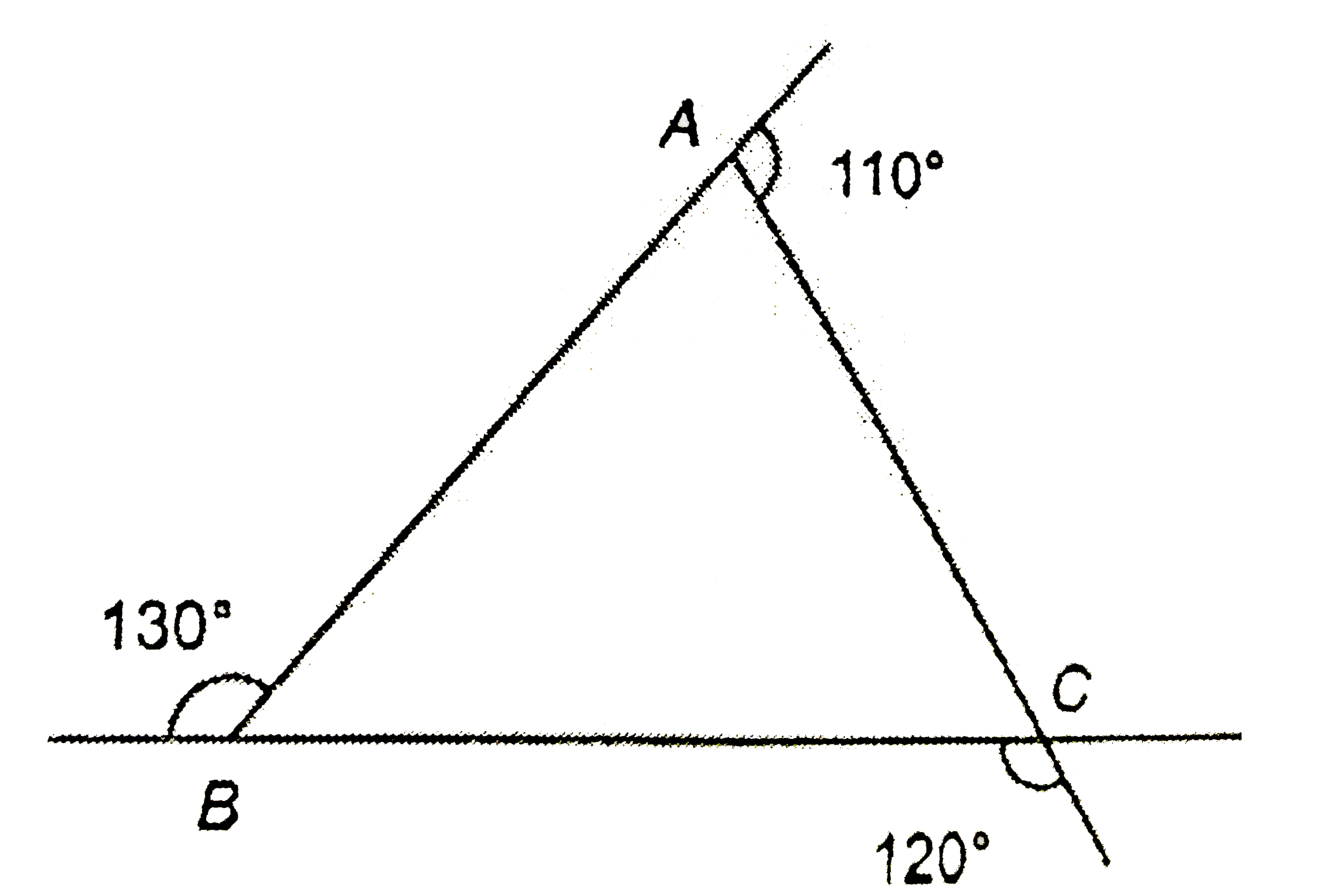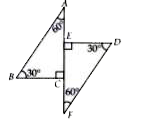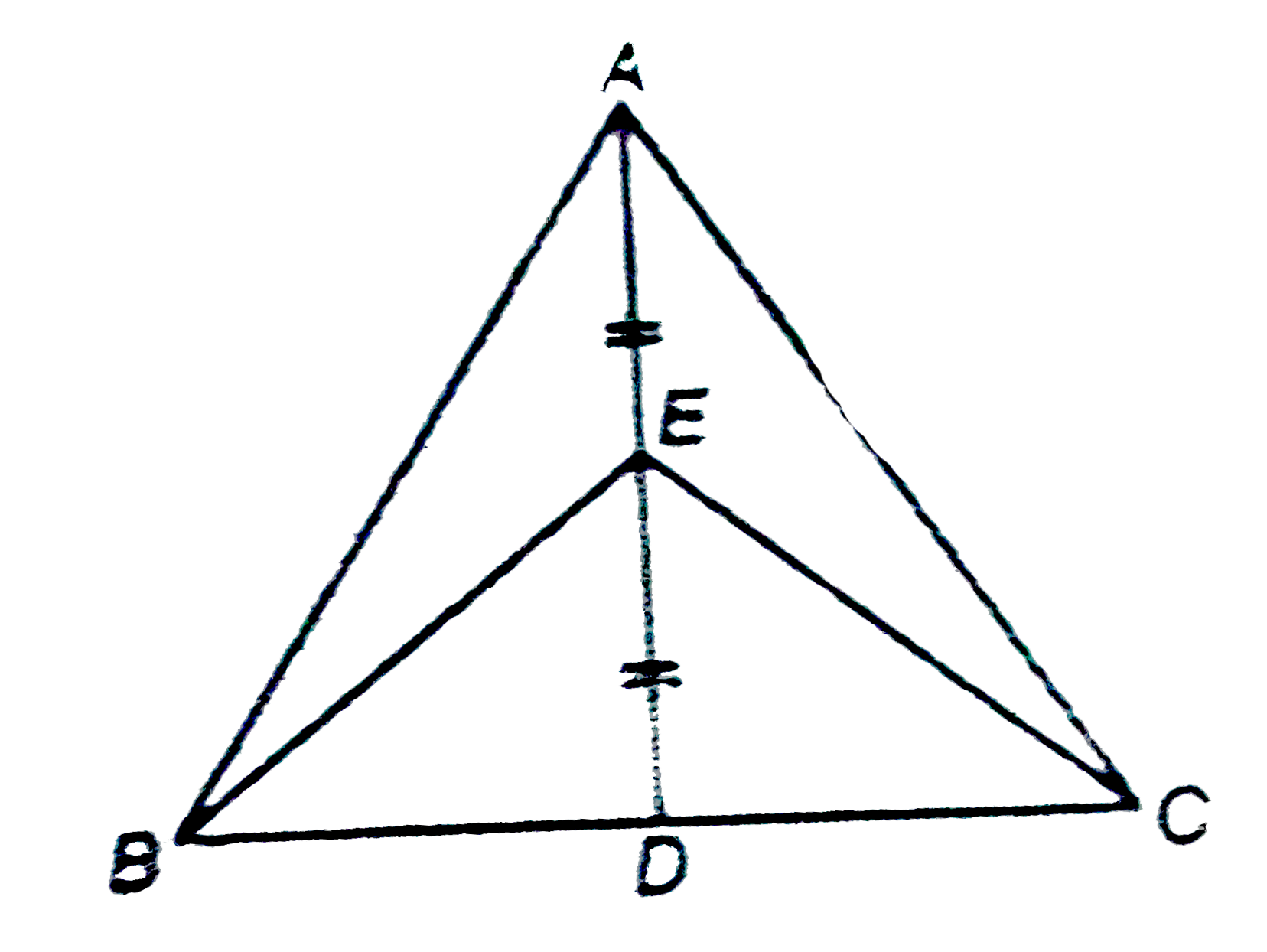In the adjoining figure, the vertices of square DEFG are on the sides of ΔABC. If ∠A=90∘, then prove that DE2=BD×EC.

The correct Answer is:∴DE2=BD×EC
Step by step video & image solution for In the adjoining figure, the vertices of square DEFG are on the sides of DeltaABC. If angleA = 90^@, then prove that DE^2 = BD xx EC. by Maths experts to help you in doubts & scoring excellent marks in Class 10 exams.
Updated on:21/07/2023Topper's Solved these Questions
- SIMILARITY BOOK - TARGET PUBLICATIONCHAPTER - SIMILARITY EXERCISE - Activites for Practice
4 Videos
- SIMILARITY BOOK - TARGET PUBLICATIONCHAPTER - SIMILARITY EXERCISE - Multiple Choice Questions
28 Videos
- SIMILARITY BOOK - TARGET PUBLICATIONCHAPTER - SIMILARITY EXERCISE - Practice Set 1.4
7 Videos
- QUESTION FROM STD. IXBOOK - TARGET PUBLICATIONCHAPTER - QUESTION FROM STD. IXEXERCISE - Statistics
14 Videos
- STATISTICSBOOK - TARGET PUBLICATIONCHAPTER - STATISTICSEXERCISE - Problem Set-6
21 Videos
Similar Questions
Knowledge Check
In the adjoining figure, write the sides of ΔABC in descending order of their length.
 ABC, AB, ACBBC, AC, ABCAB, AC, BCDnone of these
ABC, AB, ACBBC, AC, ABCAB, AC, BCDnone of these
In the adjoining figure, X and Y are respectively two points on equal sides AB and AC of ΔABC such that AX = AY. Prove that CX = BY.

View SolutionIn the adjoining figure, the circle is the incircle of isosceles ΔABC, where seg AB=seg AC. Prove that M bisects BC.

View SolutionIn the adjoining figure, ΔABC is an isosceles triangle in which AB = AC and AD is the bisector of ∠A. Prove that:

BD = CD
View SolutionIn the adjoining figure, in ΔABC, point D is on side BC such that, ∠BAC=∠ADC. Prove that, CA2=CB×CD.

View SolutionIn the adjoining figure, BC = ED, then, prove that ΔABC≅ΔFDE.

View SolutionIn the adjoining figure, BD = DC and AE = ED. Prove that
area of ΔACE=14 area of ΔABC

View SolutionIn the adjoining figure,
(i) Which side is smallest ?
(ii) In ΔABC, what is the nature of ∠BAC ?

View Solution


